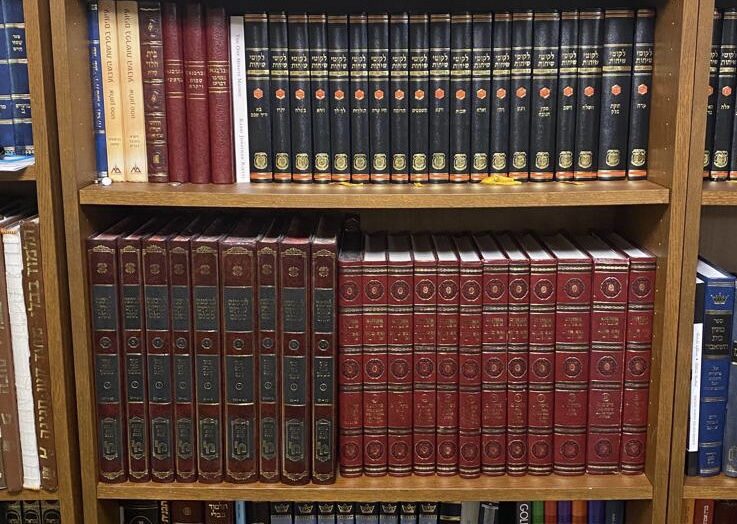Yeshayahu Leibovitz makes a compelling claim that the core of Judaism is Halacha, Jewish law and practice, the common element in all Jewish communities throughout history. It is not, in contrast, because of any particular set Jewish ideas or philosophies. On the contrary, these ideas have differed from one end of the spectrum (rationalism and monotheism) to the other (mysticism and panentheism). Put starkly – if there is a Judaism-over-time, it is defined by halacha, not any big ideas or basic principles.
I think there’s a lot of merit to this claim. However, after reading Halakhah: The Rabbinic Idea of Law, by Professor Chaim Saiman, I think the claim is more subtle and complex than Leibovitz suggests. While Saiman makes several arguments in this book, the one I found more insightful vis a vis Leibovitz, and the functioning of halacha (sorry, I’m not going to use the academic spelling that Saiman does), is that Torah learning and Torah practice (halacha) have always been overlapping categories, without always having a clear distinction between them. The result is that learning halacha has not always been practical, and practicing halacha has not always been based on the Talmud. This complicates Leibovitz’s notion that halacha is at the root of Jewish life when it has never, in Saiman’s reading, stood on its own, and has always been inseparable from the devotional and religiously inspired learning that Talmud generates. As such, it would perhaps be more accurate to say that Torah learning and practice in relationship with one another are the enduring feature of all Jewish life, rather than one or the other on its own.
But I should take a step back. Saiman, a law professor at Villanova University and a talmid of Rav Ahron Lichtenstein, divides his study of halacha into three parts: The nature of halacha, talmudic readings of halacha, and the relationship between halacha and Torah in post-Talmudic times. I found the first section without significant insight, though it’s a good introductory overview. The second section was more interesting, especially the section titled ‘Thinking Legally,’ for the way it traces different ways of understanding how the law operates. In this sense, it’s a comparative insight between modern and Talmudic law. When Saiman does these sorts of comparisons, he’s at his greatest strength.
The final section, about the development of halacha in the post-Talmudic period, is also fascinating. On one hand, Saiman does a great job of tracing the development of the ‘Codes’ (Yad, Tur, Shulchan Aruch, etc.), which were unique in that they listed the practical halacha, with less (or no) attention to the Talmudic discussions that led to those decisions. Many opposed these codes on the grounds that they were reductive and narrow, and didn’t represent the Torah as intended – an oral conversation with multiple opinions which represented the loftier value of talmud Torah (Torah learning for its own sake). Saiman also discusses the parallel track of Shutim (she’elot u’teshuvot), or Responsa, which formed a related but separate mode of halachic decision making, different from both the codes, and the Talmudic discussions.
The book’s weakest link is the last section about halacha and the modern State of Israel. This subject is a book in of itself, and far more complex than the chapter it was given.
Overall I really enjoyed the book, and found lots of insight, both in the history it describes, and the interdisciplinary work he does between Torah and modern law.
Just Because I Liked It:
- I found this podcast with Elliott Abrams on the Tikvah podcast, discussing American reactions to Bibi being sworn in as the new PM, thoughtful and clear-minded.
